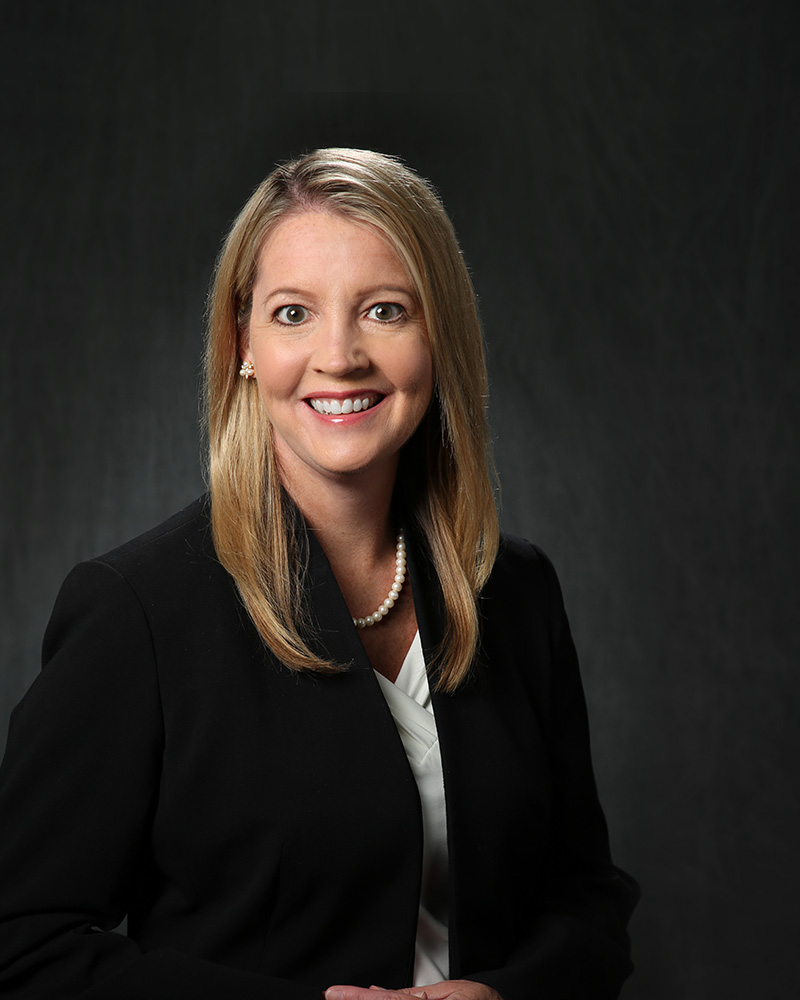With the stated goals of increasing efficiency and clarity while decreasing abuses and improprieties, the United States Patent and Trademark Office (USPTO) has launched several initiatives and changed rules involving trademark registration and challenges to registered marks.
Expedited trademark cancellation for abandonment and nonuse
The federal Trademark Register is a graveyard for countless marks that are no longer in use, never were in use, or were abandoned long ago. Random audits “suggested that over half of active registrations include some goods or services for which the registered mark is not actually being used,” the USPTO said last year.
To help ensure the accuracy and integrity of the Trademark Register, the Trademark Trial and Appeal Board (TTAB) launched a pilot program last year through which it identifies cancellation proceedings that are based solely on abandonment or nonuse claims and offers the parties the option of using the Board's Accelerated Case Resolution (ACR) procedures.
Read More
Under these procedures, discovery is minimal, the parties do not take depositions, and cannot file counterclaims. Such streamlined proceedings reduce time and expense for the parties and facilitate quick Board decisions. In fact, the TTAB’s goal is to issue final decisions within 50 days from when a matter is ripe for decision. Both parties must consent to participate in the expedited proceedings.
While the ongoing program offers definite advantages, the parties should consider the potential downsides before agreeing to participate, says Tamara Miller, a shareholder in Leydig’s Chicago office.
“If you have limited resources and commence a cancellation proceeding to clear a path for registration of your mark as quickly as possible, you should absolutely consider this program,” she says. “But if the mark’s owner is going to put up a fight, the lack of available discovery tools, such as depositions, may hinder your chance of success. It is a definite trade-off, but it is a good option to have.”
Foreign trademark applicants will need U.S. attorneys
Effective in July, trademark applicants, registrants, and parties in proceedings before the USPTO must be represented by licensed U.S. attorneys. This move is a response to what the Office calls a “significant surge in foreign filings,” including many that are substantively or procedurally deficient.
This requirement brings the U.S. in line with the majority of other countries, says Laura Schaefer, an associate in Leydig’s Chicago office. She believes the change will reduce the number of “junk” applications – largely from China – that list a plethora of goods and services that applicants will never offer under the proposed marks.
“A foreign lawyer may throw every conceivable class onto an application with little due diligence or concern about propriety and do so with minimal expense to the applicant,” Schaefer says. “These lawyers also do not fully comprehend the use requirements under U.S. law. Most U.S. attorneys, on the other hand, charge per class and are much less likely to put their names on applications that have an absurd number of unrelated goods and services.”
Increased audits to identify marks that are not used in commerce
In a related effort to improve the integrity of the Trademark Register, the USPTO has implemented a vigorous auditing program.
Under the program, the USPTO is now auditing approximately 10 percent of Section 8 and 71 post-registration Declarations of Use. If a registration is audited, the owner must submit proof of current use of the mark for two additional goods or services for each audited class. If that cannot be done, then the owner will need to (a) delete any goods or services from the registration that are not being offered under the mark; and (b) submit proof of current use for all of the remaining goods or services in the registration.
Mark owners need to be aware of possible audits and the corresponding need, as has always been the case, to delete any goods or services that they are not offering under their marks at the time of filing a post-registration Declaration of Use, Miller says.
“Making such deletions in Declarations of Use can spare owners the burden of having to submit specimens for all goods and services that can potentially come about as part of an audit that identifies any one good or service that is not currently offered,” she advises.

